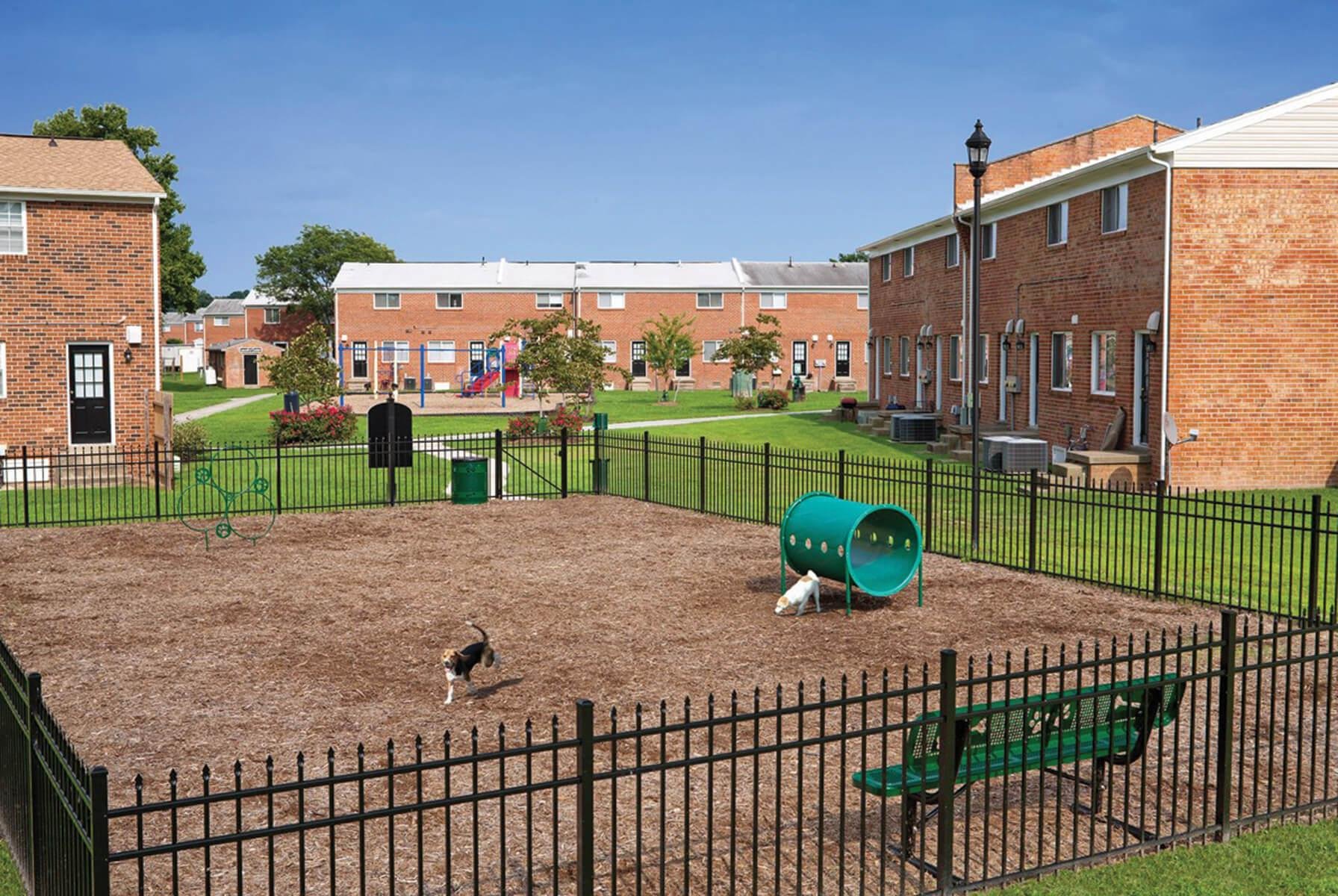Dog Park Maintenance
With the growing popularity of dog parks, maintenance is an ongoing responsibility affecting most parks and municipalities. Even hotels, airports, and other commerce centers are adding dog parks to offer convenience and differentiation to their customers.
When it comes to dog park maintenance, there are a variety of factors that need to be taken into consideration. Community support and participation are critical in the overall success of a dog park, as is the selection of the initial location. Ensuring that the lines of communication are open between the municipality or organization operating the dog park, and the community using it are critical to ensure ongoing success and timely maintenance.
Prior to opening, design parameters are important, as are establishing rules and incorporating attractive and visible “Dog Park Rule signs” to encourage users in following basic SPCA recommendation for a Dog Park - for more information on design and rule setting, request the guidebook Unleashed. It’s also imperative that the dog park owner plans and budgets for ongoing maintenance. While not intended to be an all-encompassing list, the following information can help dog park owners consider, modify, and adopt ongoing maintenance plans that fit their unique dog park design and volume of usage.
Sanitation
While ideally, all owners should pick up their dog’s waste, it’s important to plan for regular inspection and pick up of inadvertent waste that has been left behind.
Use pet friendly cleaners or deodorizers as needed on turf, fencing, etc. Be sure to check labels for toxicity, and look for specific pet-friendly formulations.
Resupply dog waste bags.
Empty dog waste disposal stations.
Encourage local dog clubs or groups to “sponsor” clean up days at the dog park, to help monitor and improve sanitation.
Empty trash receptacles.
While outside toys and treats should be discouraged, as they may create competitive situations between dogs, be sure to pick up and dispose of outside dog toys that may have been left behind.
Landscaping
Ensure that plantings inside the dog park perimeter are non-poisonous to people and pets.
Maintain sightlines throughout the dog park by keeping interior plantings trimmed and neat.
Inspect plants within the dog park for damage caused by urine and chewing, and consider replacement plants that are not as susceptible. As an example, some dogs like to chew grass, and it is easily browned by repeated urination. You may wish to consider artificial turf, some of which comes with anti-microbial properties, as an alternative.
Inspect plantings used around the outside perimeter of the dog park, trim and replace as necessary. Ensure there are no “escape routes” tunneled, dug, or otherwise established to ensure dogs stay contained within the dog park.
Fill any holes that have been dug.
Water grass and feed as necessary. Overseed or replace damaged grass. Mow grass as needed.
Replenish decomposed bark or wood chips.
On overly warm days, check surfaces, especially if sand is used, to ensure it isn’t too hot, as some surfaces may become too hot in direct sunlight for dogs’ paws.
Remove snow as necessary.
Remove weeds. Although this can be labor intensive, it is NOT recommended to use toxins to kill weeds and noxious plants as they can be poisonous to dogs.
Inspect dog park for insects, especially fleas. If flea treatments are necessary, ensure that the proper precautions are taken, and consult with the exterminator whether it is prudent to keep the park closed during treatment.
Equipment Maintenance
Inspect and test all amenities for damage.
Inspect tunnels for debris and remove as needed.
Check and tighten all bolts on equipment and seating.
Inspect dog waste stations, refilling bags and emptying used waste bags as needed.
Empty trash receptacles onsite.
Ensure all amenities are free of graffiti.
Ensure shade structures are inspected and maintained and that shade fabric is undamaged.
Utilities
In areas where winter freezes occur, be sure to give consideration to effects on the dog park. Will water sources like fountains and wash stations need to be turned off? Will freezing affect the surfacing or plantings negatively?
Inspect and test water fountains and wash stations to ensure they are operating properly.
Ensure all lighting is working, properly secured, and that no wires are conduit are exposed
If electric/battery operated gates are used, ensure they are working properly, and that batteries are replaced regularly.
Fencing
Inspect fencing perimeter inside and outside the park to ensure escape tunnels have not been dug, and that the fence is secure in all areas.
Check that all fence hardware is intact
Ensure fencing is properly anchored
Check to make sure all bolts and screws are flush with the surface and there are no exposed sharp points
Inspect all gates and locking mechanisms to ensure they move and can lock properly.
With a complete and regularly observed maintenance and inspection plan, you can ensure your dog park is enjoyable and usable for years to come.
This blog post was originally published in https://www.playcore.com/dog-park-maintenance




